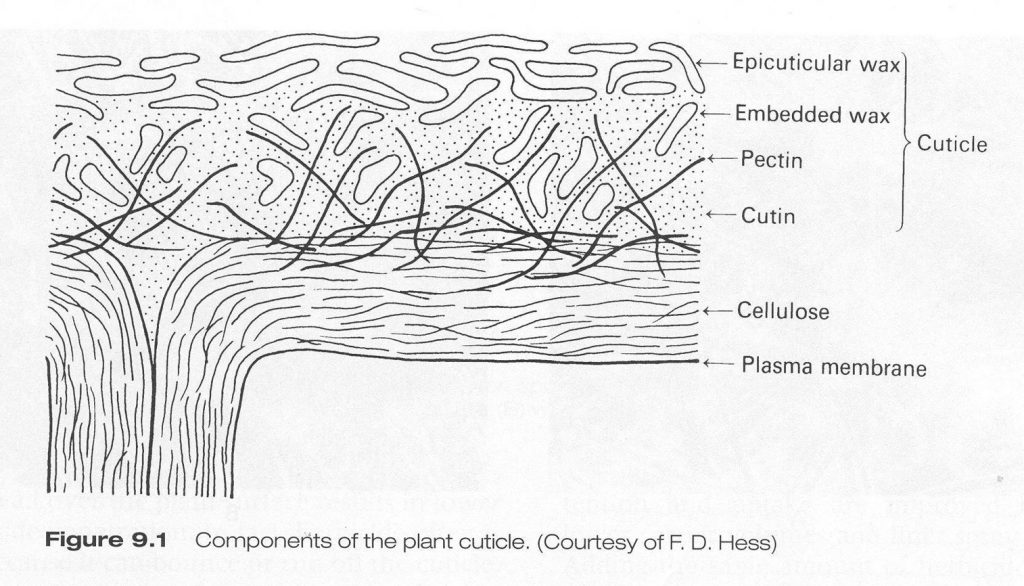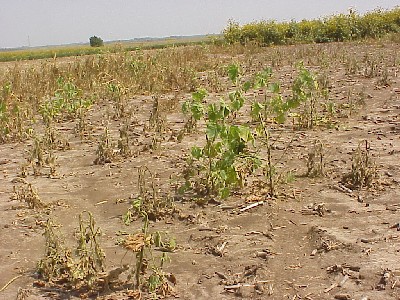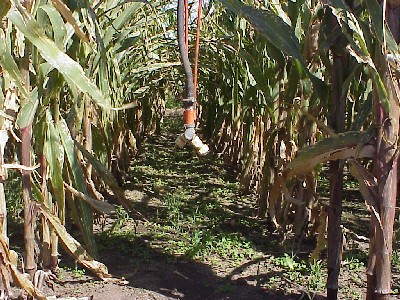Chapter 14: Applied Herbicide Physiology and Movement
14.9 Foliar Absorption Challenges
The waxy cuticle on leaf surfaces is a barrier to absorption of foliar applied herbicides. The cuticle provides a protective layer on outer plant cells. It is made of waxy and lipid elements. See the drawing for a visual depiction of the cuticle in relationship to the nearby plant cells (cell walls made of cellulose and the plasma membrane). Clicking on the image will zoom in on a larger size to view.


Environmental conditions and age of the plant’s tissue effect cuticle development. Cuticle development tends to be greatest on older mature tissue and least in young immature tissue. Cuticular wax characteristics are also influenced by environmental conditions. Under high light and low moisture conditions, cuticular wax develops that is less permeable to water soluble herbicides. For this reason absorption of foliar active herbicides tends to be greatest in immature tissue normally located in the upper portion of a plant. For maximum effect with foliar applied herbicides the upper portion of the target plants should be treated. Treating only the lower, mature, portion of otherwise susceptible plants may not result in control (Figure 10). Likewise, drought stressed plant will have more developed cuticles (to prevent water loss from the plant) and therefore, will not absorb foliar herbicides as well.

Using this concept, though, can also help in protecting your crop. Directing herbicide applications to the lower portions of crops is a common technique used to reduce crop injury from herbicides that have limited crop safety (Figure 11).